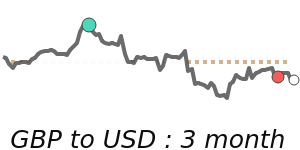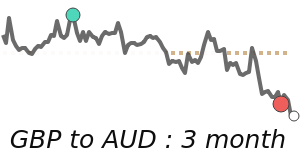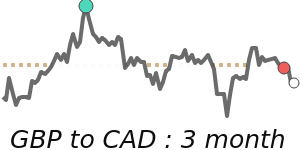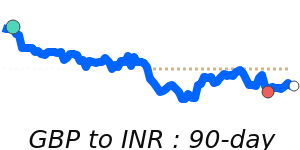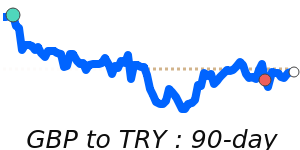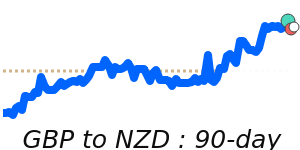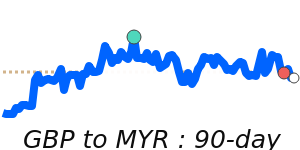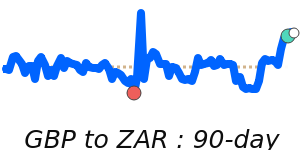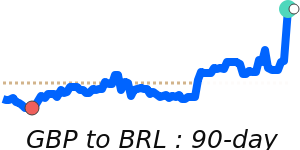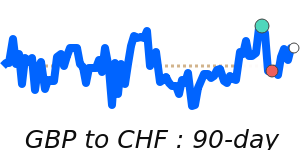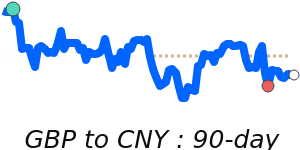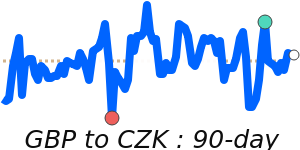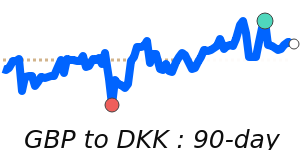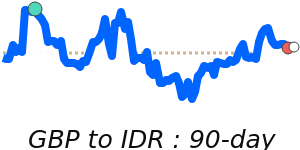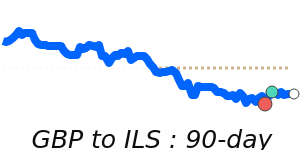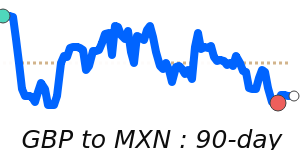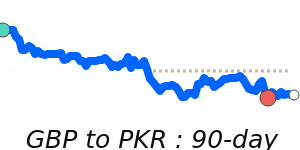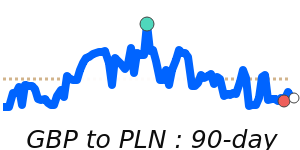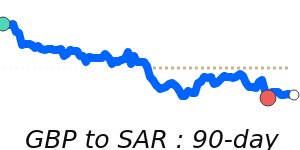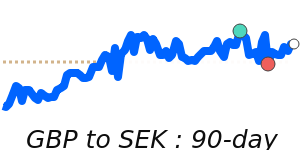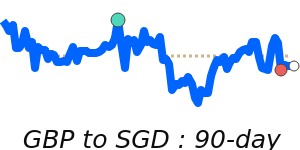The British Pound (GBP) remained relatively steady as 2026 commenced, trading around $1.3445 against the U.S. dollar and holding its ground versus the euro in quiet post-holiday markets. Analysts note that the market expects about 40 basis points (bps) of interest rate easing from the Bank of England (BoE) this year, reflecting a cautious stance on UK economic growth and inflation. The latest manufacturing PMI (Purchasing Managers' Index) showed a slight improvement, rising to 50.6 in December, offering a glimmer of optimism.
Looking ahead, the path of U.S. monetary policy will be crucial for GBP exchange rates. Recent forecasts indicate that while the BoE is projected to cut rates to 3.25% by mid-2026 as inflation declines, the Federal Reserve is expected to take a more measured approach to rate cuts, potentially keeping rates in the 3% to 3.25% range. This could create a divergence that may influence the pound's performance against the dollar.
Fiscal issues in the UK, particularly the reversal of proposed income tax plans in late 2025, have reignited concerns about the country’s financial stability and could press the BoE towards further rate cuts. Additionally, the anticipated deceleration of UK economic growth, forecasted at 1.4% for 2026, indicates challenging conditions for the pound.
Exchange rate performance has been notable, with GBP to USD currently at 1.3534, which is 1.7% above its three-month average. The GBP to EUR stands at 1.1552, also at 90-day highs, and 1.1% above its three-month average. The GBP to JPY has reached a high of 212.0, showing a 3.0% increase above the three-month average. These developments suggest resilience in the pound but also highlight a cautious outlook, given ongoing domestic challenges and external trade pressures, especially with new tariffs affecting U.S.-UK trade relations.
Economists caution that while some forecasts, like those from Nordea, predict the GBP/USD could rise to 1.41 by the end of 2026, others anticipate a steadier performance around 1.33. This divergence in predictions underscores the uncertain environment ahead, driven by economic fundamentals and geopolitical factors. Therefore, those involved in international transactions should stay alert to these market shifts, as they could significantly impact costs in both imports and exports.
